How to dress a window - three design experts explain how to plan the perfect window dressing
Too often left as an afterthought, window dressings can transform your space, as our three experts share
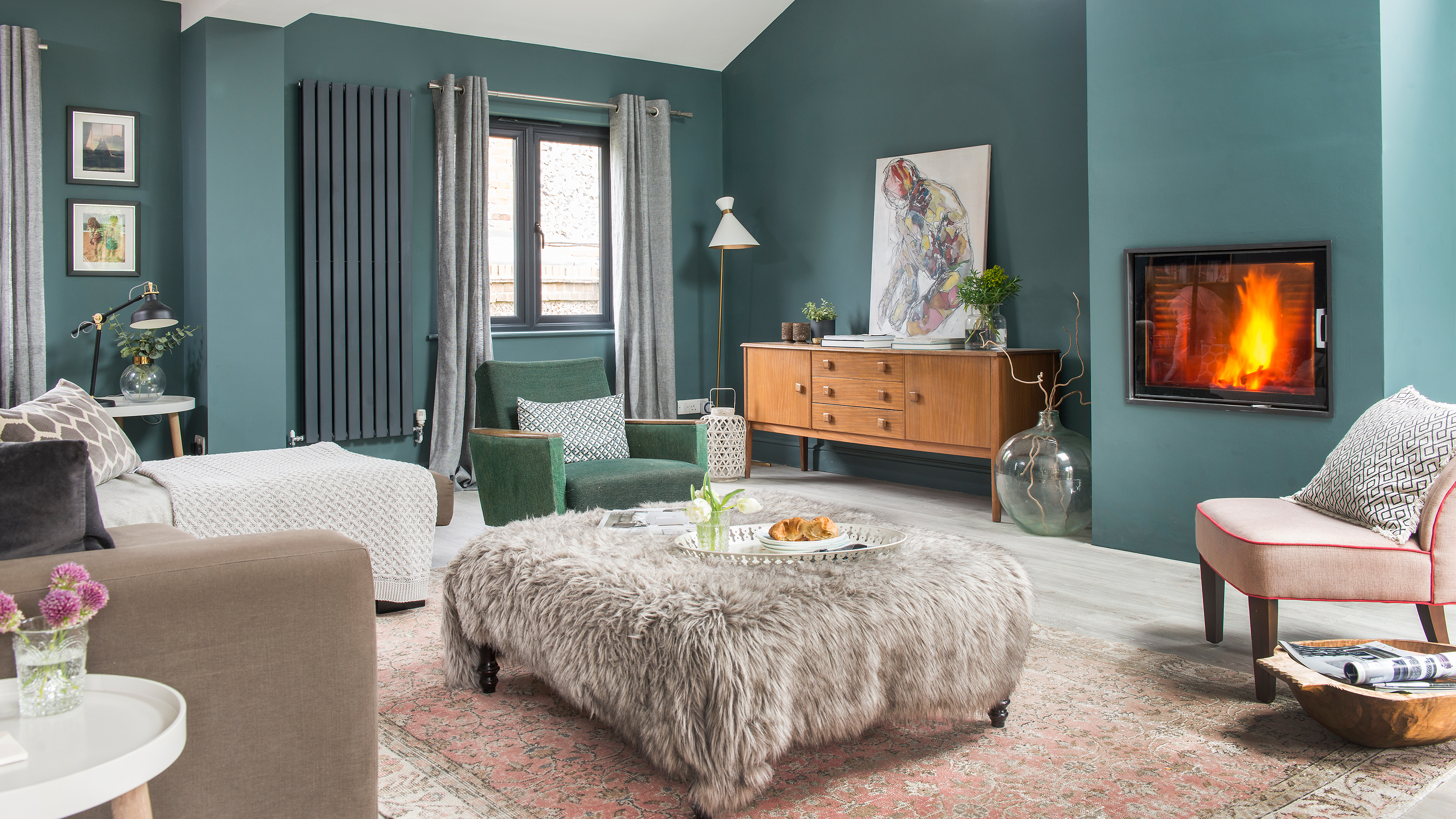

Planning how to dress windows is a tough job. Curtains and window treatment ideas can be expensive and will impact the whole look of your home so it's important to get them right.
When thinking about how to dress windows it's key to think of practicality as well as style, with the shape and size of your window and the room’s function as important as the fabric, heading and lining choice.
‘So many people forget to include window treatments when planning a new look. Windows take up a huge amount of space within a room and are an ideal canvas for expressing your creativity,’ says Yvonne Keal, Senior Product Manager at window dressing specialists Hillarys.
Knowing how to dress a window to its full potential is a real game-changer when it comes to redecorating. Whether you want to go bold and daring or keep it lowkey and neutral, your window dressing of choice will massively influence the rest of the room.
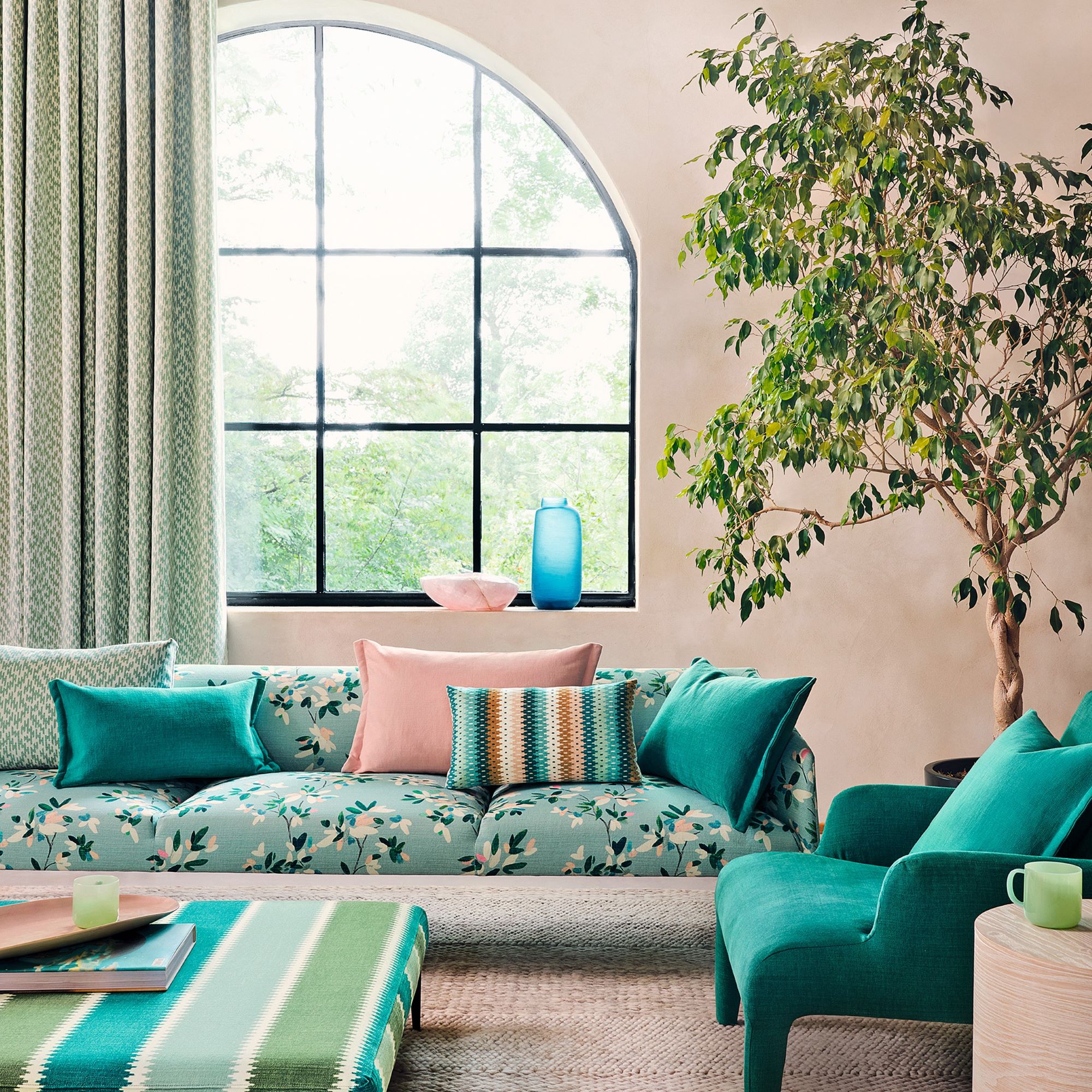
How to dress a window
We've got three experts who have shared everything you need to know about how to dress a window. From measuring up and dealing with problem windows, to following trends and choosing your design, they cover it all.
Meet the experts

'Venetian blinds are my favourite as you can control the amount of light coming in. Bigger slats almost give the effect of shutters.'
'I’m a big fan of privacy sheers. The vertical louvres combine voile and opaque fabric that you can use to tailor shading effortlessly.'
'With off-the-shelf blinds or DIY curtains, there’s a limitation as to whether they’re the right shape and solution for a problem window.'
Be bold
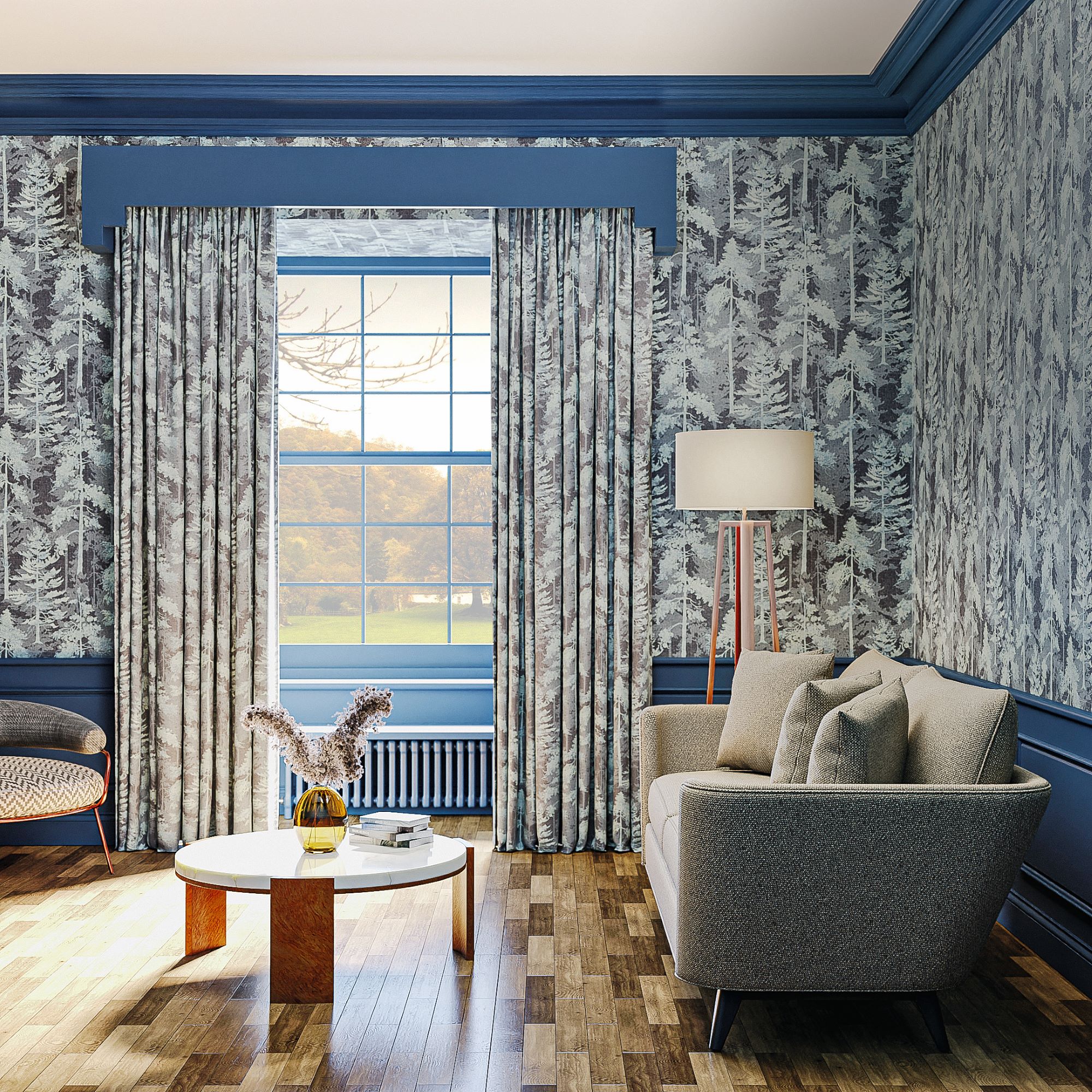
‘Compared to 20 years ago, our choice of window dressings is relatively safe today,’ says Deirdre. ‘Back then, we were confident about having pelmets and curtain tiebacks, as well as lots of pattern. Then we had the grey Scandi-inspired phase, and now colour is making a return.’
Chloe says we are being bolder, but it’s ‘with pattern and texture’, rather than ornate treatments. ‘People are increasingly viewing windows as focal points and using curtains and blinds as opportunities for self-expression and creativity. We’re even seeing unexpected combinations, like bold patterned curtains with sleek blinds.’
Yvonne adds: ‘Spending more time at home over the past few years highlighted that we deserve a secure and comfortable space to support our wellbeing – but we also need joyful colours and patterns to inject energy into our home environments.’
If you do want to go bold when dressing your window, consider going all-out with matching wallpaper and curtain ideas, and add a pelmet painted in the woodwork colour to define the window.
Consider the trends
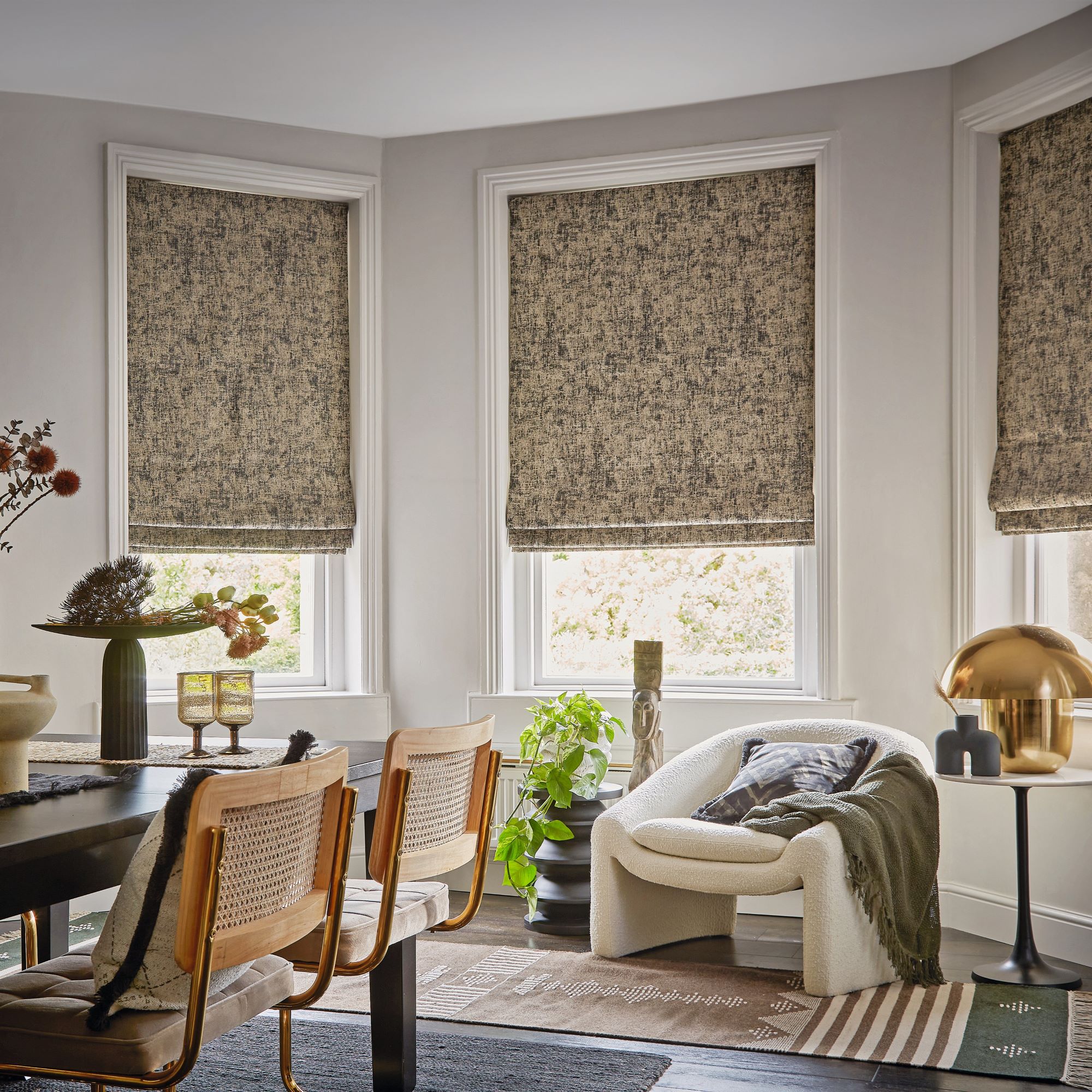
When it comes to window treatments, the choice is vast, but window blind ideas have become most popular. ‘We’ve found that most people are happy with blinds, which serve to block out the light, but are less likely to buy curtains. This is partly influenced by new technologies, including double- and triple-glazed windows, meaning homes are warmer and curtains aren’t required to keep the breeze out,’ says Deirdre.
‘As for pattern versus plain, it often depends on personal taste and the room’s design,’ says Chloe. ‘Currently, there’s a trend towards pattern, however, plain curtains hold a timeless appeal and are able to blend seamlessly with various design styles.’
‘Combining blinds and curtains is a look that has seen a significant resurgence in the past couple of years too,’ says Chloe, ‘offering great functionality and style. Blinds provide light control and privacy, while curtains add texture, colour and softness to the space.’ And it’s practical: ‘Layering more than one dressing at a window decreases the chance of warm air escaping and cold air sneaking in,’ says Yvonne.
How to deal with problem windows
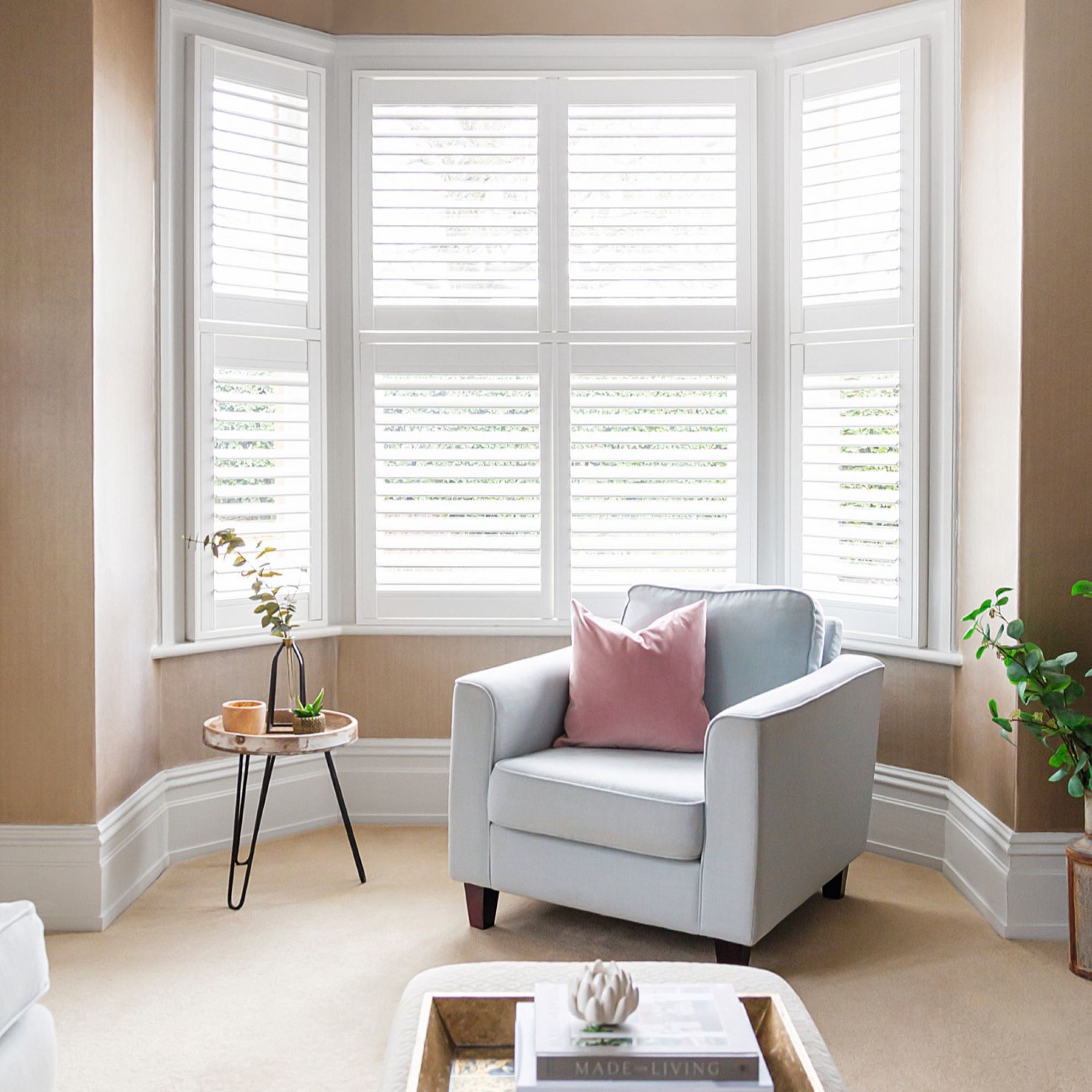
We’re not all blessed with uniform, easy-to-dress windows, though. ‘For particularly large windows, look at something that will draw to the sides rather than raise upwards. Think about curtains, vertical blinds or even panel blinds that can stack so you can enjoy the view,’ says Chloe.
‘Many design features that look great, like round or bay windows, can be painful when it comes to window dressings,’ says Deirdre. ‘You may need to consider several blinds, one for each segment of the bay window, or curtains that can be put on a curved rail or pole.’ Made-to-measure shutters are one ideal option for tricky shapes like bay window ideas.
‘Venetian blinds are another excellent option for controlling light and view,’ Chloe explains. ‘They come in three main styles: real wood, faux wood and aluminium, with the slatted design allowing you to alter the tilt to let in more or less light.’
‘Dressing a small window can also be challenging,’ says Yvonne. ‘Bold curtains can transform a space, especially when it comes to small windows. By making your curtains the focal point of a room, you’ll take the attention away from the window’s size. You can also create the illusion of a taller window by placing the curtain pole as close as possible to the ceiling and hanging full-length curtains.’
Dealing with the opposite? ‘Typically, in a room with high ceilings, you can fit the curtains higher up from the window frame,’ says Deirdre. ‘Provided there isn’t a huge area, the best advice is to fit the curtain pole halfway between the space from the top of the window to the ceiling.’
For a sleek, fuss-free finish, try concealing your curtain rails behind a structural pelmet. You can show off an arched window with a double pinch pleat curtain, hung close to the ceiling, rather than cluttering lines with a blind.
How to make the right choice
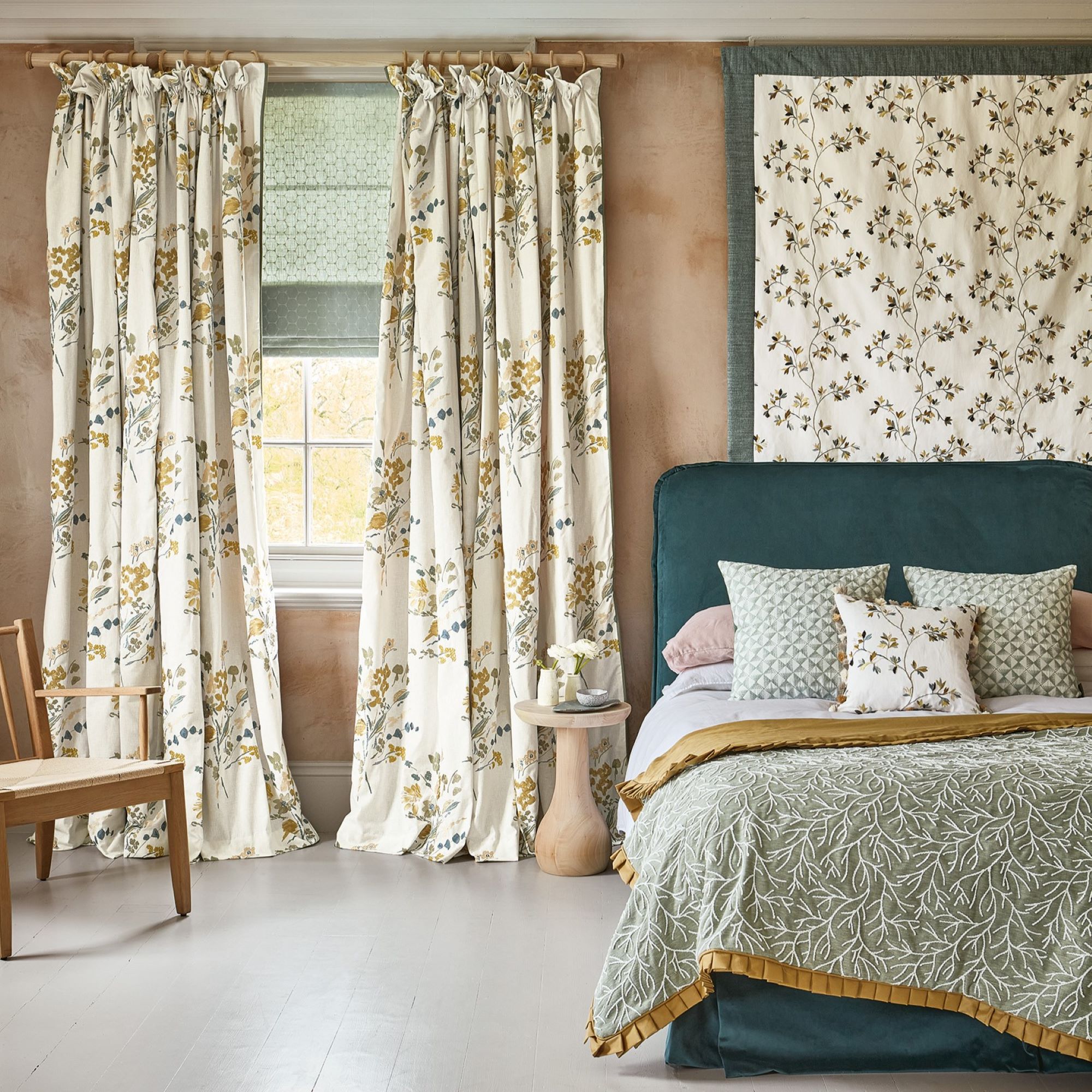
‘The type of curtain heading will impact how the curtain hangs,’ says Deirdre. ‘Eyelet curtains have bigger but looser pleats, while pencil pleats have less depth but a tighter fold.’
Yvonne adds: ‘Pinch pleat headings gather together lots of fabric in bunches and create elegant folds flowing to the floor, while wave headings are perfect for an informal, relaxed feel. The curtain falls in soft, wave-like ripples allowing more of the fabric to be seen.’
Allow full-length curtains to pool slightly on the floor, creating a grand, elegant look. 'Though your curtain length should suit the room’s proportions, style and visual flow,’ says Chloe. 'And avoid curtains that are too wide, obstructing the window or bunching excessively when drawn.'
Measuring up
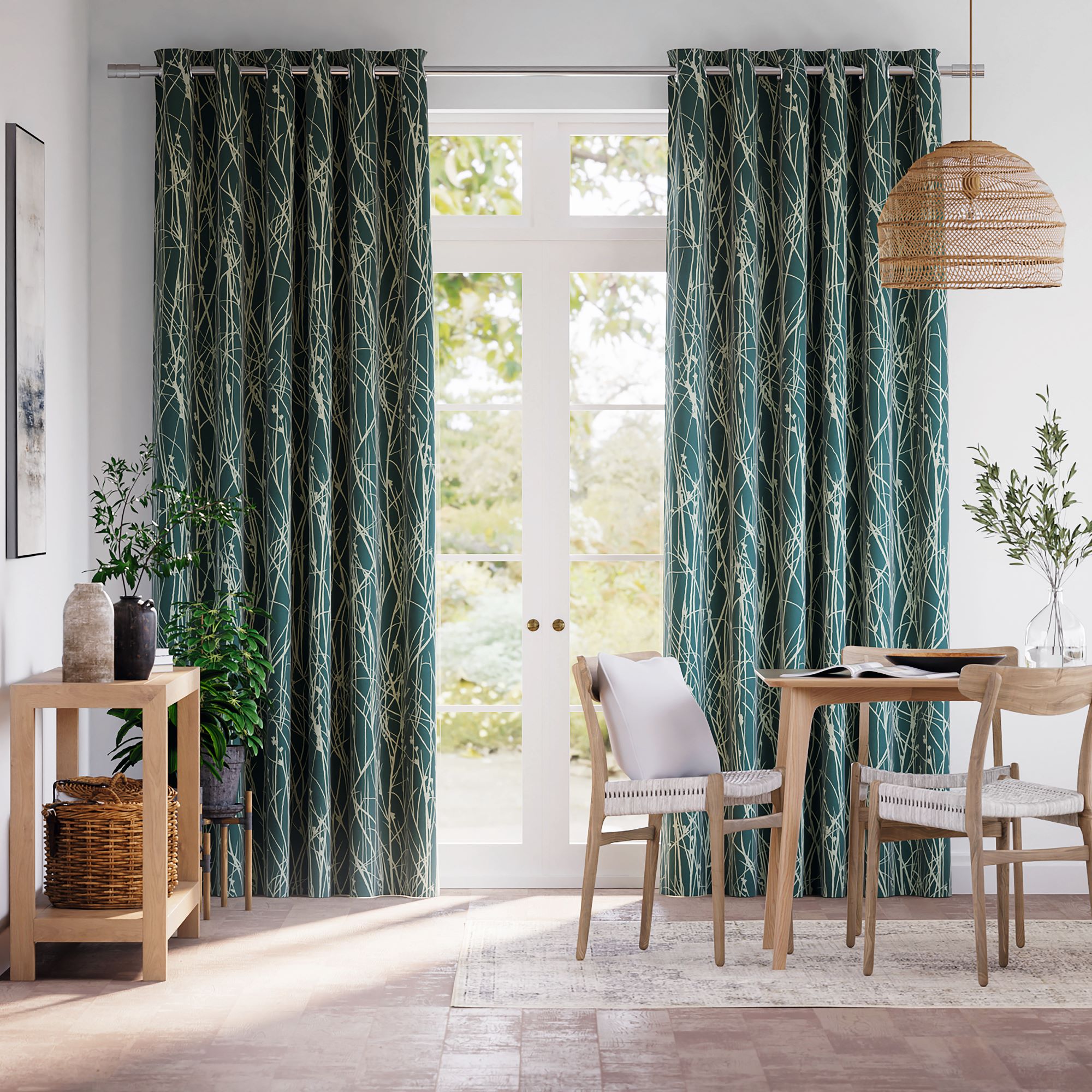
An essential part of knowing how to dress a window involves knowing how to measure for curtains and blinds. Chloe Dacosta at Blinds 2go shares her tips.
- Using a metal tape, measure the width and drop in at least three different places and take the smallest measurement to ensure a perfect fit – but always refer to the product’s guide for anything else you need to check.
- Decide where your blinds or curtains will be fitted and measure accordingly – sitting inside or outside the window recess requires a different approach. Make sure you follow the instructions relating to how you want your new window covering to be fitted.
- Take note of any obstructions such as handles, vents or furniture that might interfere with the installation or use of blinds or curtains. Measure with these in mind to ensure a proper fit.
Get the lining right
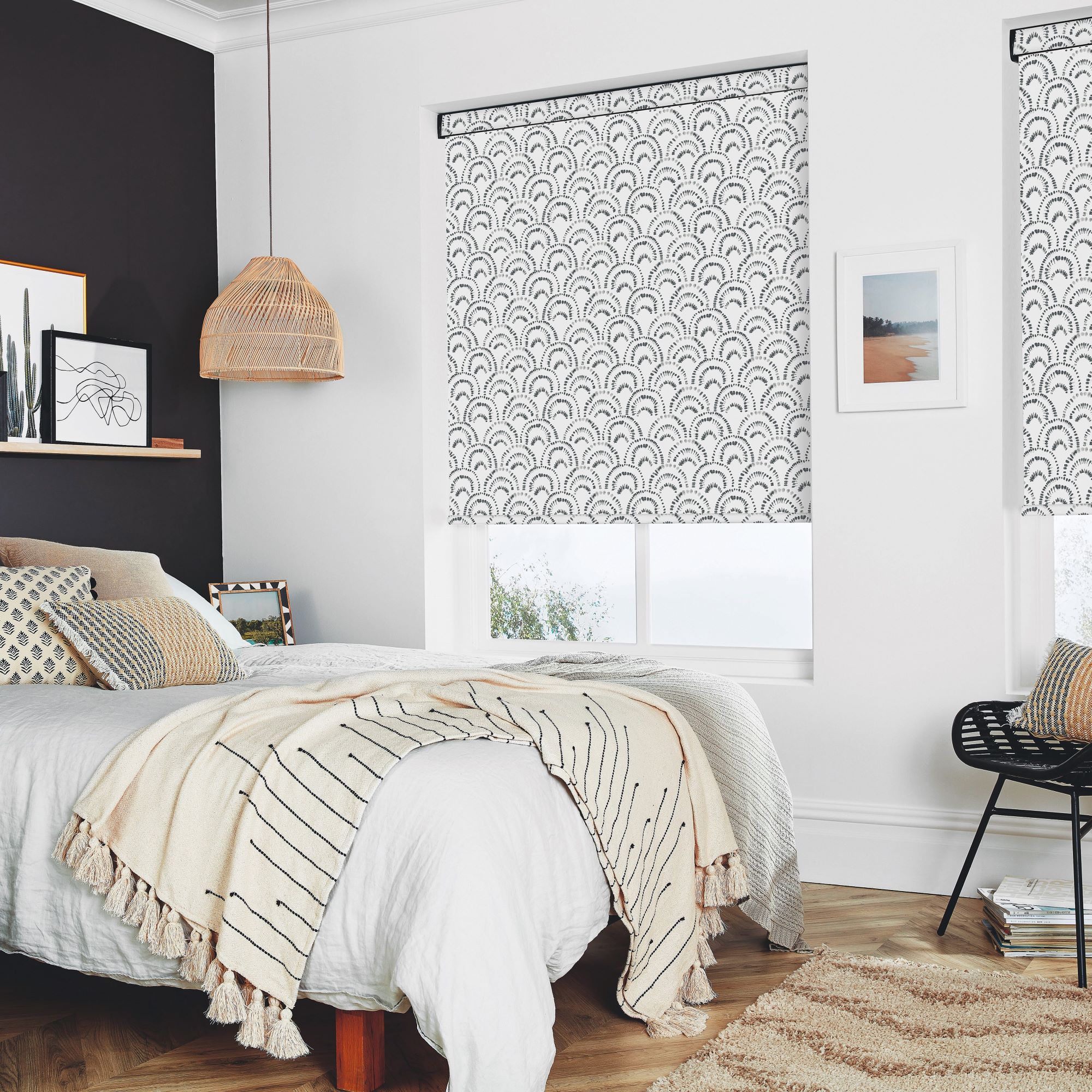
When it comes to the lining, for either curtains or blinds, there’s heaps of choice.
‘Consider the room’s purpose,’ says Chloe. ‘Lining options for blinds or curtains depend on your needs and the function of the space. Blackout linings block sunlight and other outside lighting, providing privacy and creating darkness, so they’re frequently chosen for bedrooms. Thermal linings not only help to control the temperature in your room but also add a wonderful depth to your blind or curtain, meaning it will hang beautifully. Light filtering linings give your home a soft and inviting glow.’
Yvonne loves a coloured lining: ‘Your curtains or blinds will look just as good on the outside as they do on the inside. The difference a lining can make to a window dressing should never be underestimated.’
Now you know how to dress a window like an expert, will you be going bold and brave with a striking pattern, or laid-back and relaxed with a soft neutral? Whatever window dressing you choose, we're sure it will make an impact.
Get the Ideal Home Newsletter
Sign up to our newsletter for style and decor inspiration, house makeovers, project advice and more.

Jennifer Morgan is an award-winning editor, writer and stylist, with over 25 years’ experience writing, styling and editing home interest magazines. Jennifer was the deputy editor of Ideal Home from 2008-2010, before launching Ideal Home’s sister title, Style at Home in 2010. Jennifer went on to launch several craft magazines and websites, before going freelance in 2016, with a client list that includes John Lewis, Dunlem and Nordic House. Today, she writes for Ideal Home, Real Homes, Waitrose, Woman & Home, Sainsbury’s Magazine and Homes & Gardens.
-
 Will a conservatory add value to your home and how can you maximise it?
Will a conservatory add value to your home and how can you maximise it?This is what the pros say
By Amy Reeves
-
 I’ve been looking for a new signature scent for my home and The White Company's new fragrance is the exact summer holiday smell I needed
I’ve been looking for a new signature scent for my home and The White Company's new fragrance is the exact summer holiday smell I neededSantorini smells fresh, summery and sophisticated
By Kezia Reynolds
-
 How to remove algae from garden walls in five steps – and the cleaning product experts rave about for tackling it fast
How to remove algae from garden walls in five steps – and the cleaning product experts rave about for tackling it fastExperts share their top tips for getting garden walls algae-free
By Katie Sims